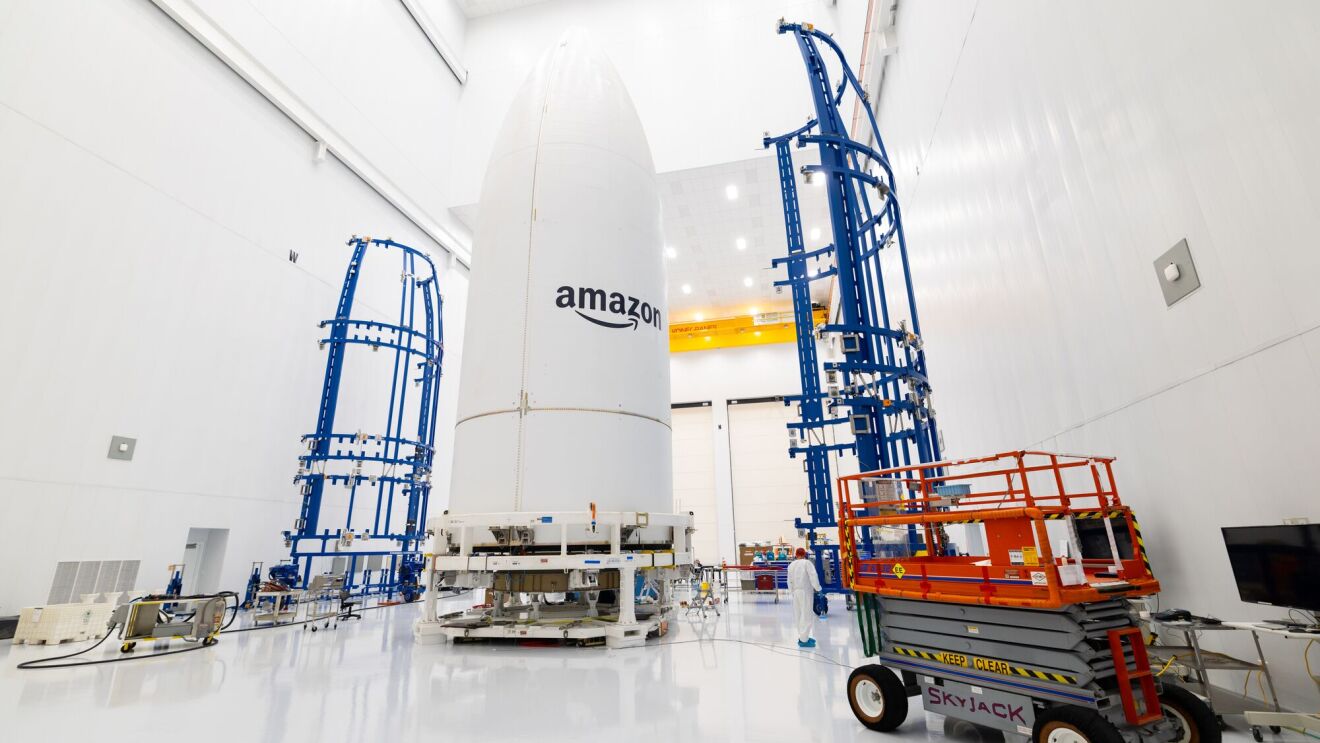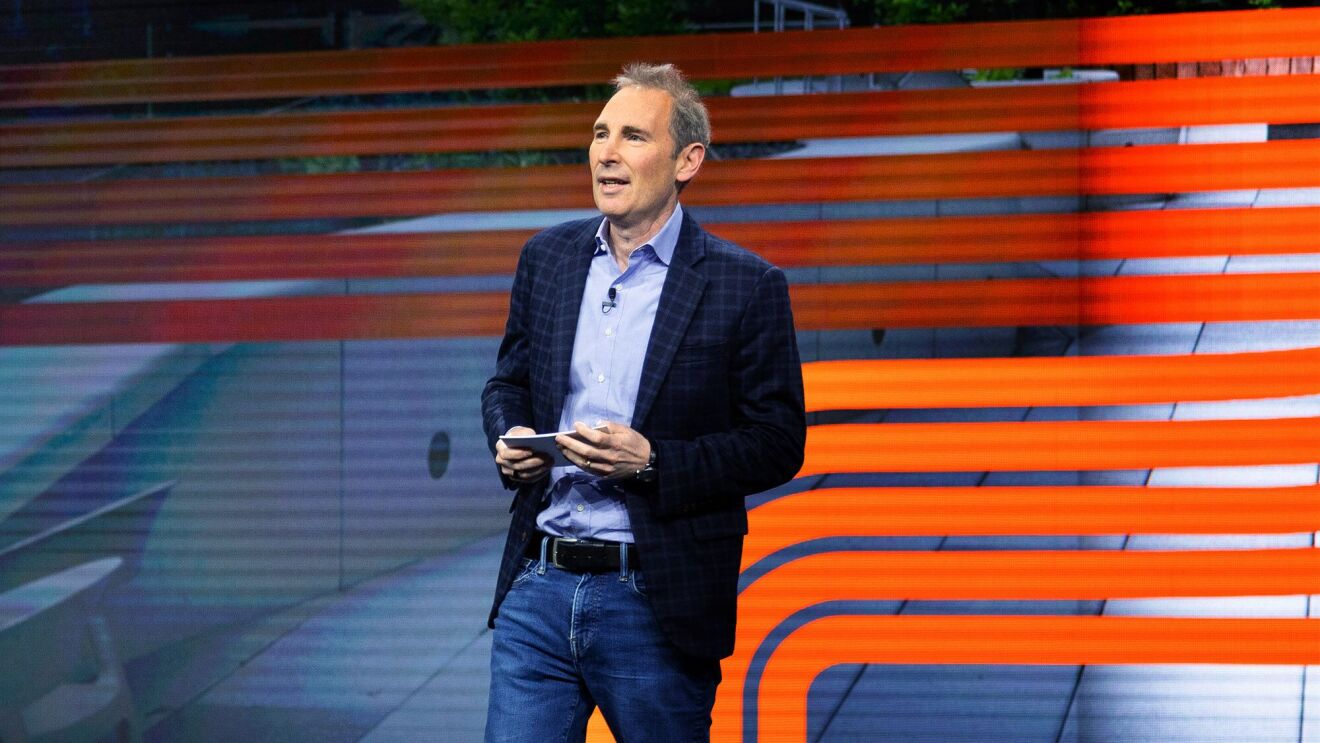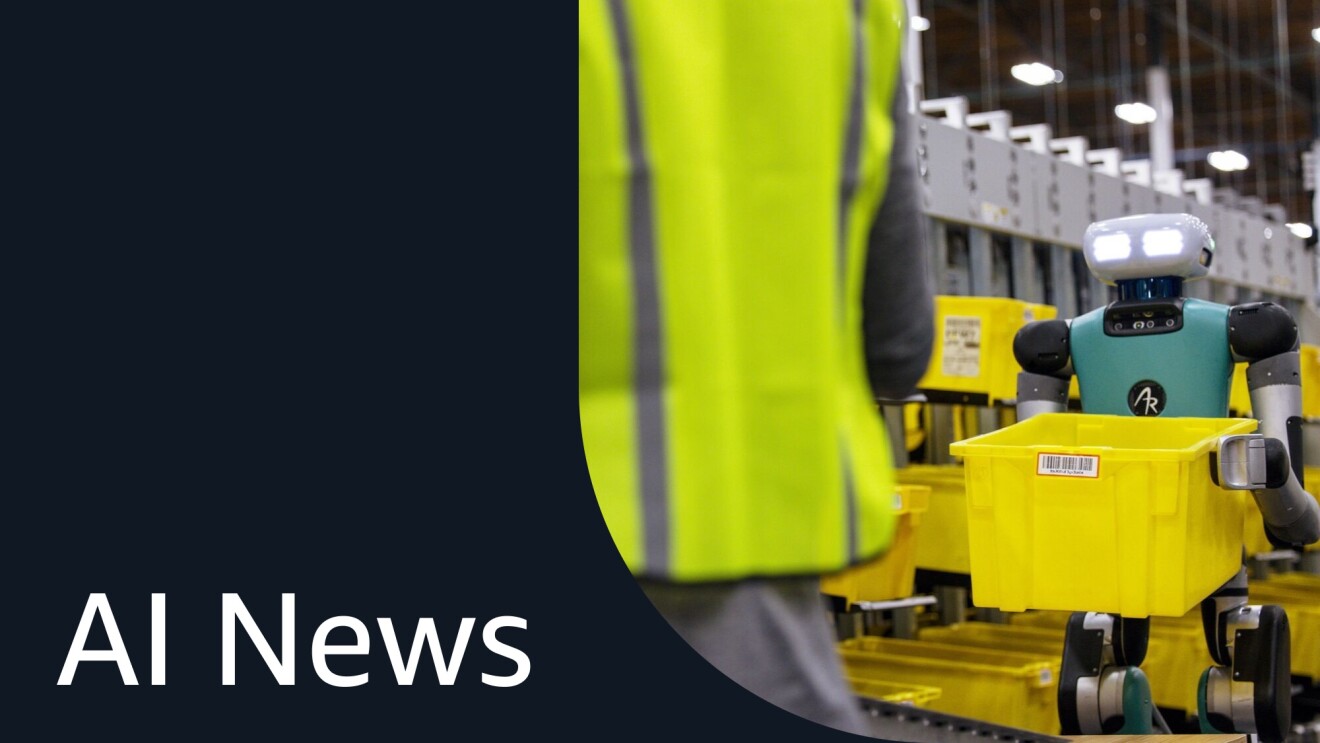Figuring out the best way to lay out an Amazon fulfillment center is no easy feat. With robots roaming the floor, software engineers like Swati Singhal work to avoid congestion and ensure coordination among the robots.
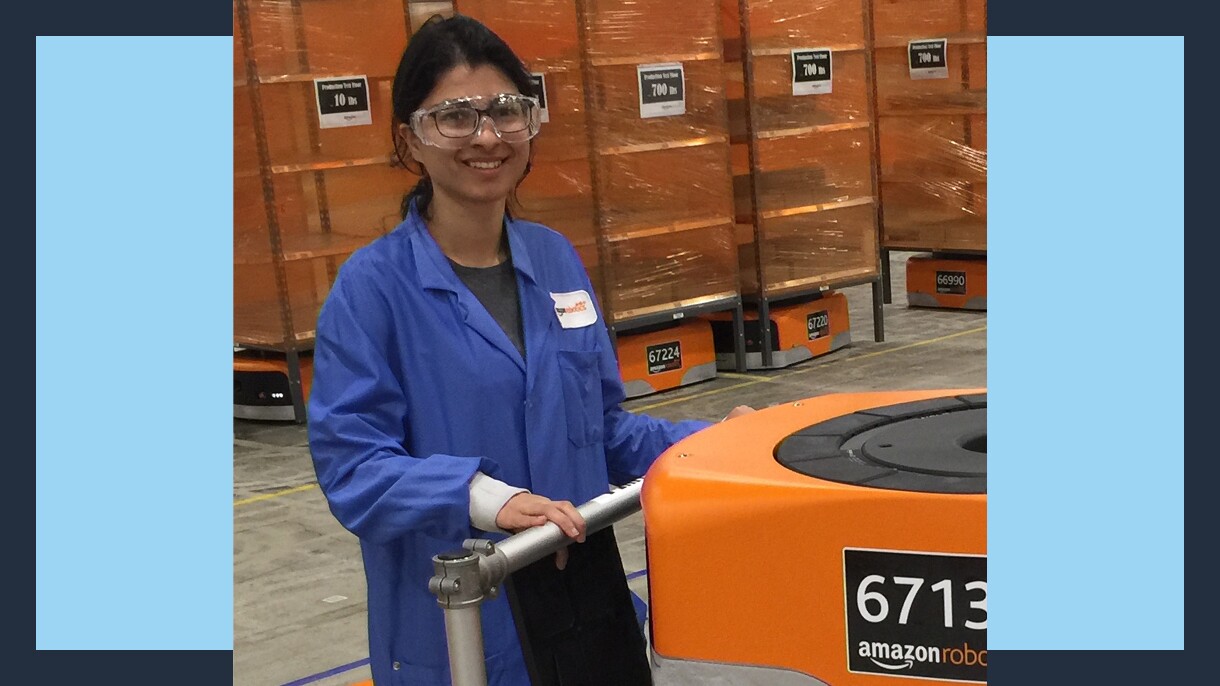
“We build full-scale 3D simulations that allow us to prototype new fulfillment centers,” said Singhal. “These simulations allow us to loop in the software responsible for deciding the motion of the robots. That way, we can identify bottlenecks, so by the time the new fulfillment center opens, it works efficiently, without unexpected problems with the flow of robotic operations.”
A graduate of NSUT, Delhi in India, Singhal moved to the U.S. to earn a master’s degree in computer science from Northeastern University in Boston. Despite being nervous about the transition, she credits her U.S. education in helping her in her career at Amazon.
“I was surprised how hands-on my experience at Northeastern University was. We were developing projects with people in multiple groups, but I think that helped with our soft skills as much as our technical skills,” said Singhal.
Singhal now collaborates with large teams that include systems and solutions architects, as well as hardware and software engineers. Her job is to build the model and write the code for the simulation—and she led a key project to improve the process.
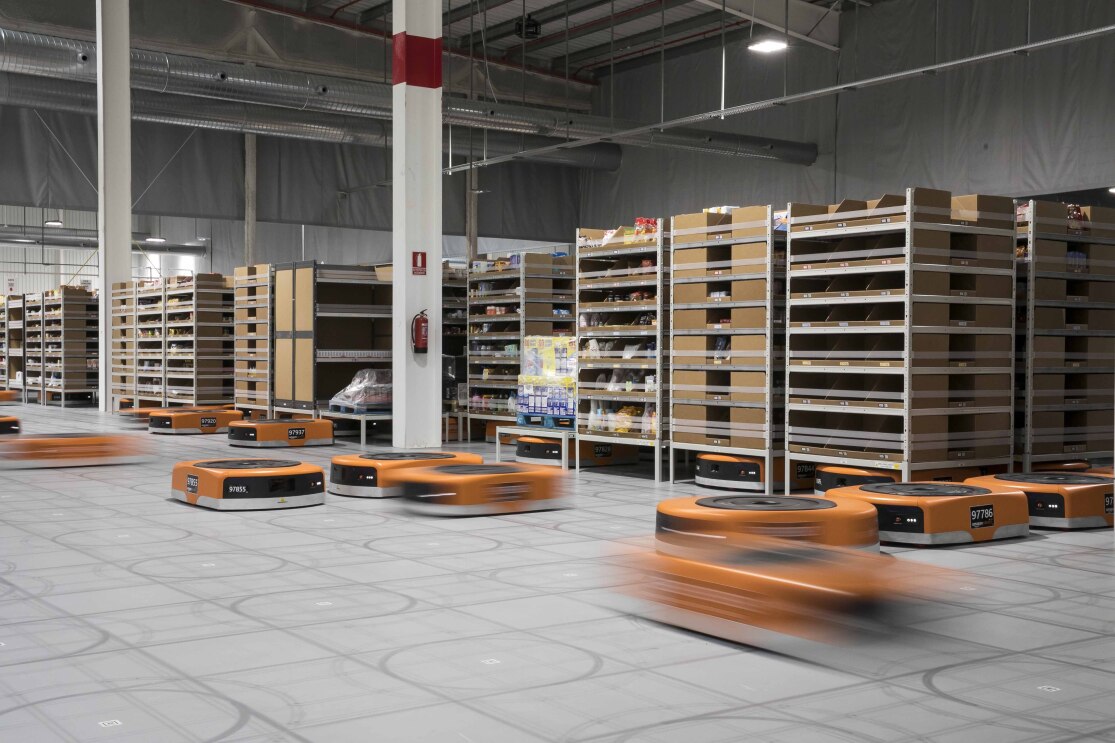
“Doing these kinds of simulations used to be very inefficient. It would take a long time to manage, and there were a lot of opportunities for failure,” said Singhal. “Our team was able to make it easier to launch a large number of simulations—hundreds, in fact—all at the same time. And we made it so they could be managed automatically, with the results being easily downloadable. It’s made a huge difference.”
Now, more than six years into her career at Amazon, Singhal continues to feel inspired by the company culture.
“The Leadership Principles are very important. They aren’t just words on a page—people really live them,” said Singhal. “In particular, I like how employees are encouraged to take ownership of a project from design to completion. No one ever says, ‘That’s not my job,’ because that’s not in the spirit of how things are done here.”
Singhal also enjoys the Amazon Leadership Principle to Have Backbone; Disagree and Commit. The courage to challenge and ask questions was something that she developed early in her career, and she encourages those entering the fields of computer science and robotics to do the same.
“It sounds like a cliché, but I’d tell anyone not to be afraid to ask questions—even if they seem silly,” said Singhal. “So often in life, we hold ourselves back and resolve to search for the answer online, but any question can be valid. Sometimes, asking can open a valuable discussion or highlight the gaps in a team’s knowledge.”
Singhal has been intrigued by science and engineering since she was a young girl, and by age 11, she was enjoying coding and writing small computer programs to display shapes. She wants budding software engineers and roboticists to be unafraid to try things out and practice—and she’s excited for the future of the field they’re coming to work in, including the work that she does at Amazon.
“Everything is becoming faster and better. It really is exciting to be involved in this kind of innovation, and to be part of the design of the solution,” said Singhal.
Meet the other Amazon roboticists being spotlighted in our National Robotics Week series and explore jobs working with Amazon robotics.
Trending news and stories


